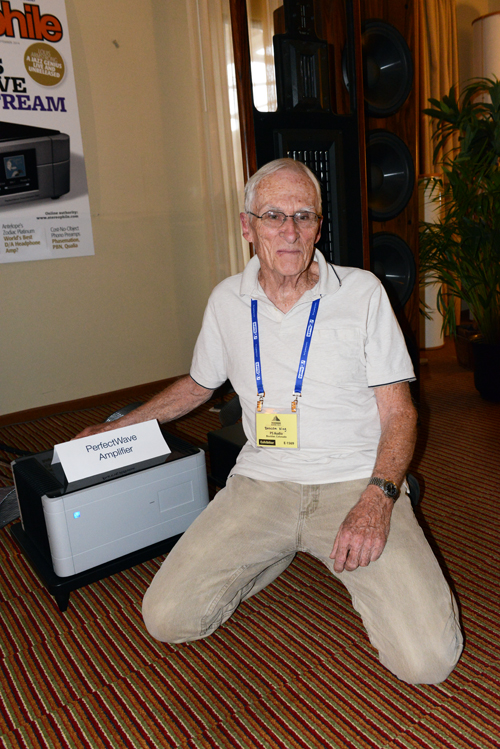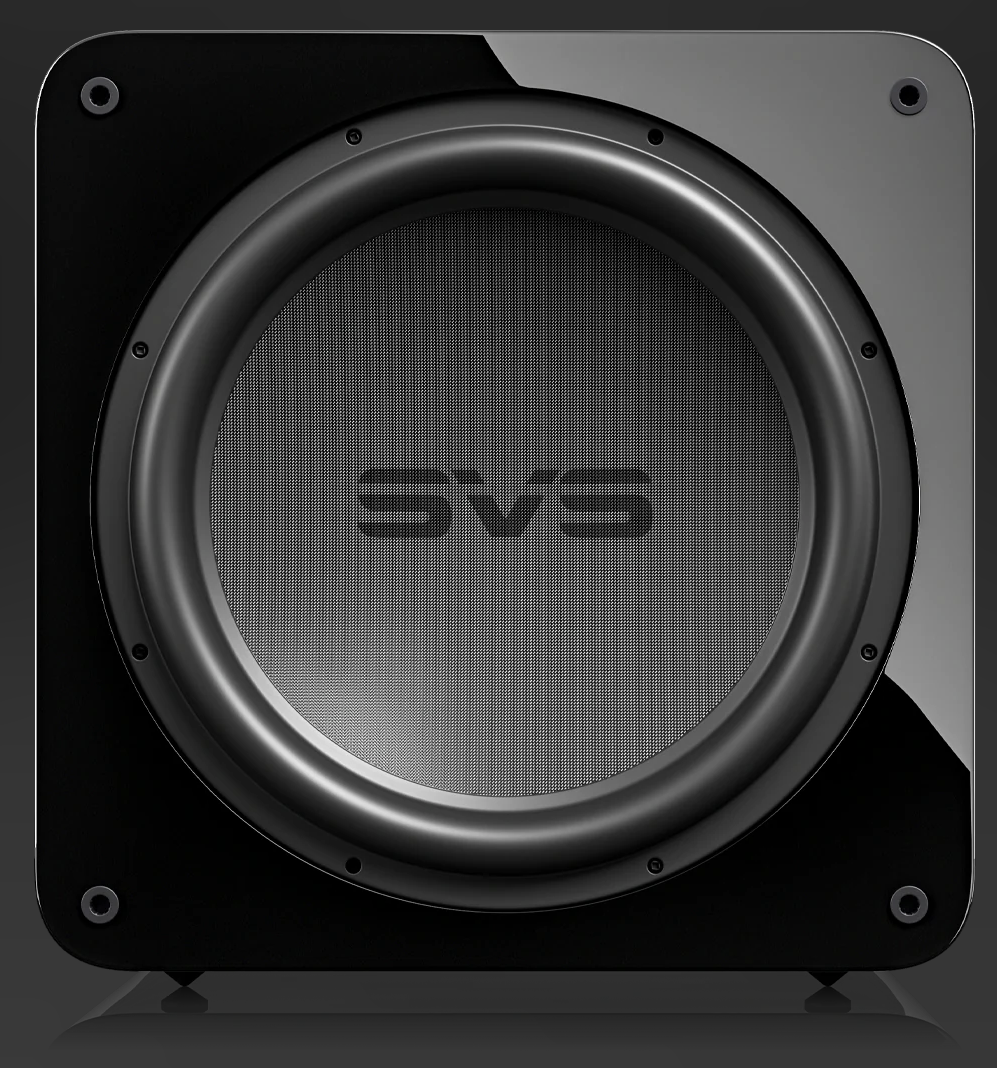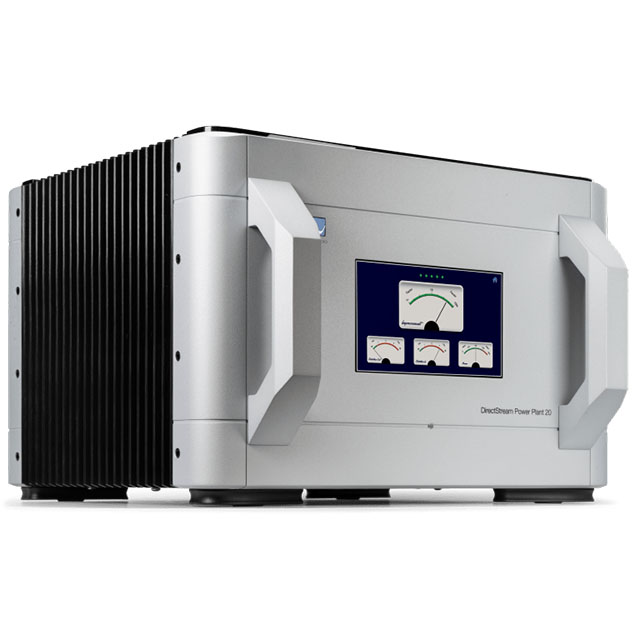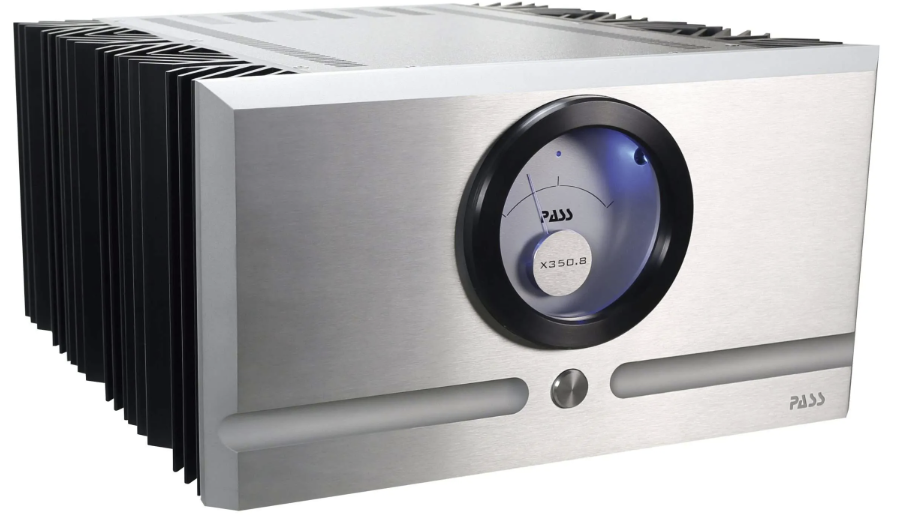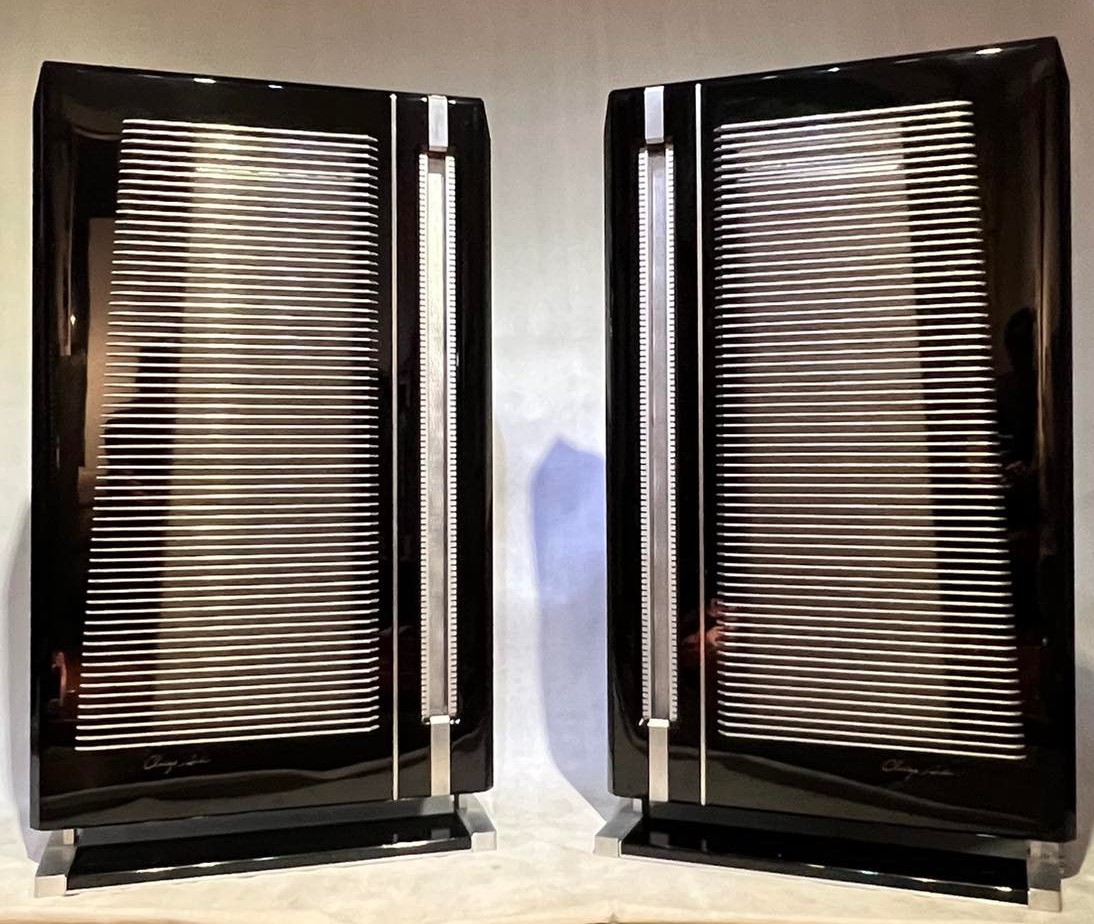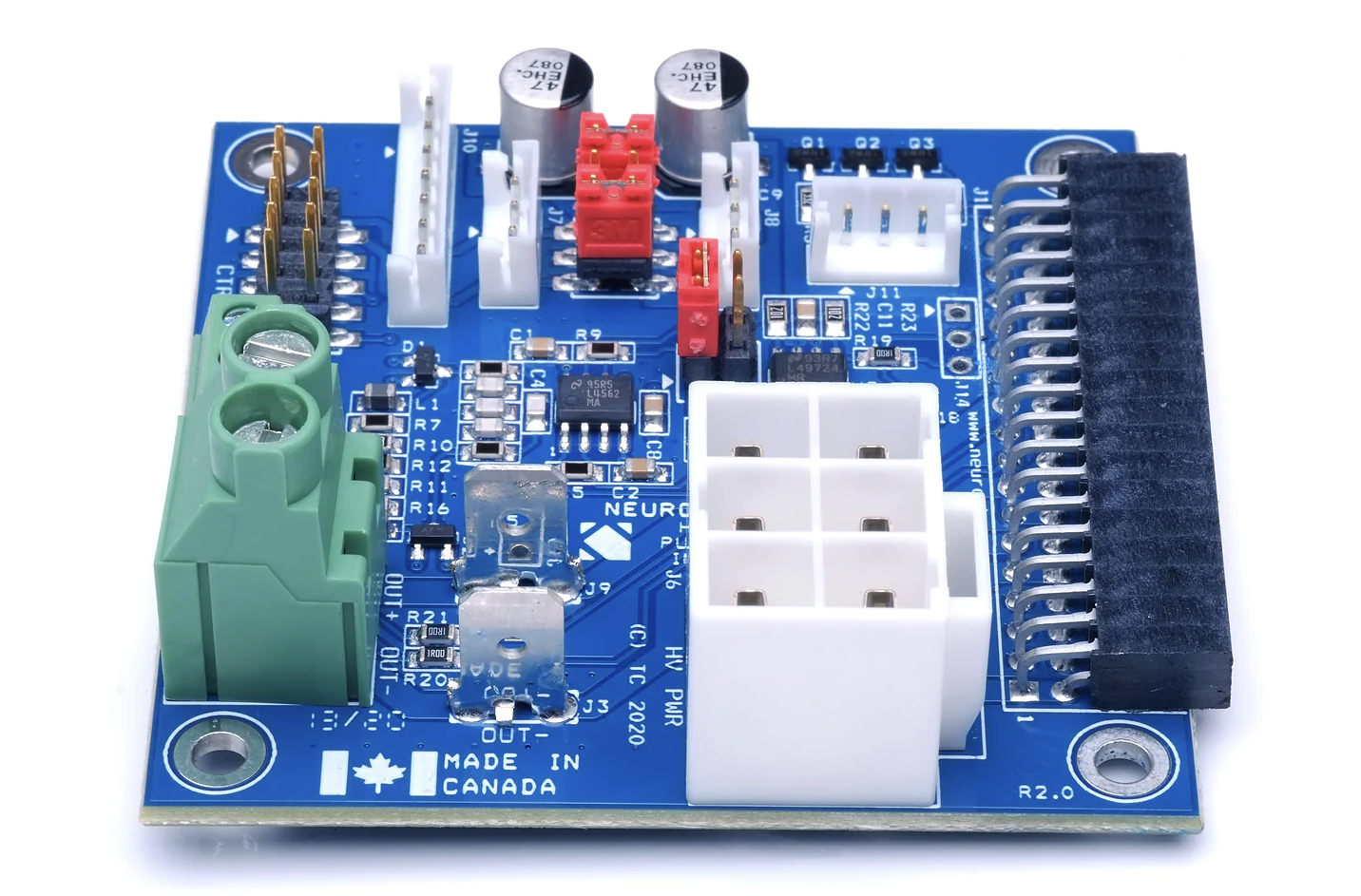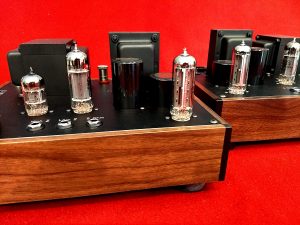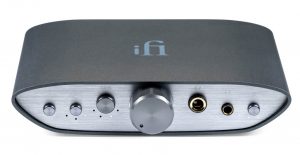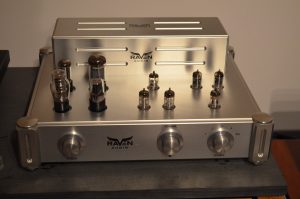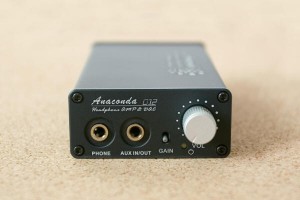It's not often that I get the opportunity to review an amplifier that harkens back to the days of yore—big, heavy, power hungry. It's a fun exercise to cleanse ones palate, so to speak, of all of the Class D amps I've been using lately. There was a period of time where I didn't enjoy D amps, but we've not zoomed past that era—thank God, because the benefits now outweigh the downsides.
When these behemoths arrived, I admittedly was not prepared. I don't think the courier was prepared either, as they showed up and were unfortunately quite damaged. A new set was sent to me and arrived in excellent condition. The boxes themselves are unique in that they are able to be modified into a dolly. A tear-away (cardboard) handle presents itself and there are two plastic wheels fitted to the bottom. Unfortunately, however, this system can get damaged quite easily from shipping, so I still used a traditional dolly to move them as they are quite heavy. A cool idea nonetheless, but probably not very practical.
HERE is a really neat YouTube link to an unboxing of these by the guys themselves.
Once I was able to wheel them into my dedicated listening room—getting them out of the boxes was another fun challenge. The box design is clever though, it can be basically "unwrapped" from the amplifier leading to only having to get them off of their respective Styrofoam shields. Little heave-ho here and there, some drops of sweat and finally they are put into position. I can't say I don't miss this however—I've been spoiled by more efficient amps but it's not all bad news.
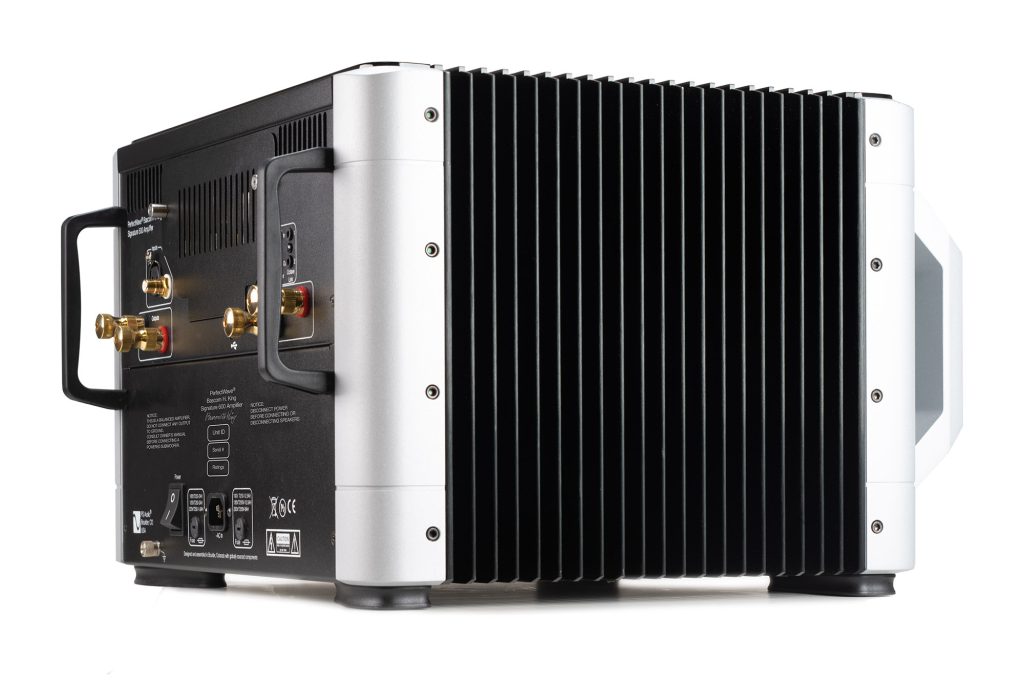
No, the real benefit is evident once they are situated, warmed up, and playing music. I say warmed up because this amp is special. It has a tube input stage that, if you are into the sound of tubes, can be quite a magical combination. Heft of a huge transistor amp and the warmth and harmonics from tubes. PS Audio is definitely not the first to do this, but the late Bascom King that designed these definitely figured out how to do it perfectly. Purely subjective, of course but that is my thought here.
What is interesting though as a design choice, aesthetically, I appreciate the look of tubes as well, but PS Audio has decided to keep these hidden. The tubes are in the back of the amplifier behind a small metal door. If you peek behind the amps you can see them glowing but you have to know what you're looking at. So, if huge tubes in your face are important, these won't do it for you.
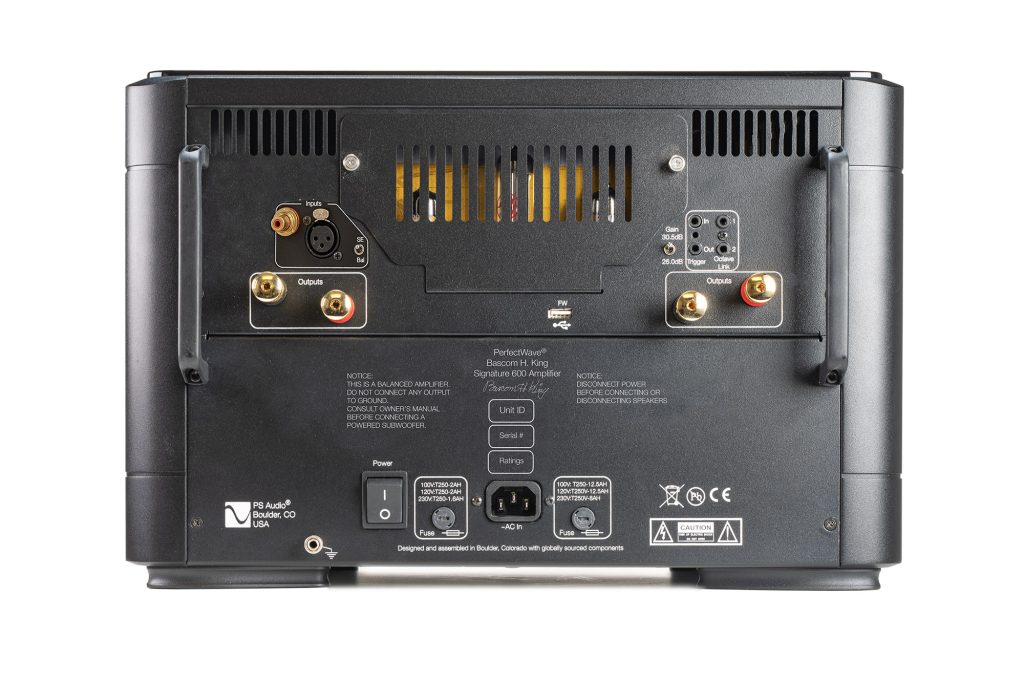
Now, all of that aside, what are the benefits here? I've listed off all of the cons of such an amplifier, but where these shine is (surprise) how they sound. Above I made mention of a palate cleanser. Akin to smelling the same candle for many years, you take a sudden whiff of coffee beans and then you can seemingly start over. I had almost forgotten what an amp like this can sound like! Warm, rich, buttery, mids, bass in aplomb, natural non-fatiguing highs. Yes, the benefits are there of such an amp. But is it worth it?
At the steep price of near $30K US dollars, it's a hard bargain. I'm not saying they aren't built with the utmost quality in mind (that they are) by one of the amplifier building legends of the world (RIP), but you really have to want this. Along with this exotic amplifier (a spade is a spade) comes some service too. Tubes will go bad as they inevitably do, and then just the power consumption. And the heat they give off. Of course I realize my audience here, most are probably completely okay with that. But over the years the novelty has worn off with me, and the only things that I feel should be so heavy in a system now are the speakers. I don't mean to come across as harsh here. I love these amplifiers, but could I see myself living with them now? I'm not so sure. The answer used to be (10 years ago) an emphatic YES.
Let's take a trip down memory lane. Some of you may not even know who Bascom King is. Admittedly, I wasn't an expert either but I have heard the name. This caused me to of course want to educate myself on him, and it's a fascinating story. Since this review is not about BK, I will be brief, but I think it's worth a broad overview.
Photo by ye olde editor Dr. David Robinson, I do believe.
Bascom King was a luminary in the world of high-end audio design, leaving an indelible mark through his innovative approach to amplifier design. His legacy reverberates through the meticulous craftsmanship and groundbreaking concepts that defined his work, particularly exemplified in the PS Audio Model 600. King's prowess lay in his ability to infuse technology with artistry, creating amplifiers that transcended mere functionality. His deep understanding of electronics, coupled with an artist's sensibility, allowed him to push the boundaries of what was possible in audio reproduction. King's amplifiers weren't just devices; they were symphonies of engineering precision and sonic excellence.
At the heart of Bascom King's design philosophy was a relentless pursuit of audio perfection. His amplifiers were a testament to his commitment to fidelity, clarity, and purity of sound. Each component was meticulously chosen and refined, reflecting his uncompromising dedication to sonic excellence. King's amplifiers weren't just about amplifying sound; they were about elevating the entire auditory experience to an unparalleled level. His vision extended beyond the technical aspects; it embraced the emotional connection between music and the listener. King understood that an amplifier was not merely a conduit for electrical signals, but a bridge between the artist's creation and the listener's soul. This holistic approach to amplifier design set him apart as a visionary in the audio industry, leaving an enduring impact that continues to resonate among audiophiles and enthusiasts alike. Through the PS Audio Model 600, Bascom King's legacy lives on, a testament to his innovative spirit and unwavering dedication to creating audio equipment that transcends the ordinary, delivering an experience that remains unparalleled in the world of high-end audio.
All of that said, I did have a little trouble reviewing these amplifiers due to their power consumption. Of course one can browse the user manual and know this up front and what they're getting into, but I would recommend at minimum a dedicated 15A outlet per amp. I tried running them both on a 20A outlet, which would work for a little bit but over time the breaker would do its job and tell me I'm an idiot. It wasn't until I found a separate branch circuit in my room that I could really get a boogie on with these amplifiers.
What did I play first? Do people care? I think so. Oddly enough most of the time when people approach me about a review, it seems to center more around the music. What better way to bring a (odd) group of people together than music. I find that when we start talking about gear, it's when it starts to get political. The landscape we're in these days is intense… but I digress.
Yves Tumor, Role in Creation. A dynamic one that I always enjoy. Lots of layers here that never got lost with these amplifiers. In fact I would say I heard things I hadn't heard before. Or things that just were more pleasing to the ears.

Christopher Willits and Ryuichi Sakamoto, I Don't Want to Understand. One of those deep ambient pieces layered with piano and other atmospherics that just put me in a different place. Something unique going on here with the lower frequencies and the feeling I get when I close my eyes. It really helps me drift off and get lost in this piece. A hulk of an amp handling something so delicate is really something to hear.

Vatican Shadow, Jet Fumes Above the Reflecting Pool. One of those entrancing electronic pieces that I love to come back to as a bit of a palate cleanser. Appropriate for an experience of moving out of the Class D realm. Nuance and subtleties do present themselves in a less fatiguing way.

The Inward Circles, The Tunnel. Another atmospheric piece, great at loud (or low) volumes. Man, I've been on an ambient kick lately. Nothing new for me but it does help me push through some big projects and reflect on past experiences. Another dynamic piece that the amp just seems to handle well and not give up on. Check this one out.
List goes on, I think you get the gist. Sorry no your usual Audiophile drab here. I find that to be appropriate sometimes, but lately I'm just bored with it. So, if you've not heard any of those aforementioned titles, whip out the streamer du jour and go on a journey… who knows, you may like it.
Okay, I feel like I've said enough but I've not even gotten into the specs of the amplifier. I mean, I guess one can just go to their site and research it. But if you're just too entranced by this review and don't want it to ever end, here goes:
- Fully Balanced. Yes, full. Not a partial job. This is from input to output. This is the crucial step in this amplifier that I think is it's secret sauce, the amalgamation of solid-state and vacuum tubes in such a way that really brings a unique cohesiveness.
- 600 watts into 8 ohms. Yep. Want to weld metal? I wouldn't try it, but the power reserves are there. 1000 in 4 ohms. You will need a volume knob. They will allow dipping down into 2 ohms but not for extended periods of time, sorry dead short active-ribbon speaker owners. Not for you. Probably best anyway.
- 108 lbs. Yes, per amplifier. And no, not filled with lead. Actual components. Toroids. All the best stuff that makes a great piece of audio kit. Find some young dudes to help.
So listen, if you have the means to buy these, and the ability to support them long term, I think this is quite a gift to our community. Not your typical amplifier, but are we audiophiles typical people? I think not…. So naturally, I want them!
BHK 600 Signature Monoblock Amplifiers
Retail: $29,999/ pair
PS Audio






